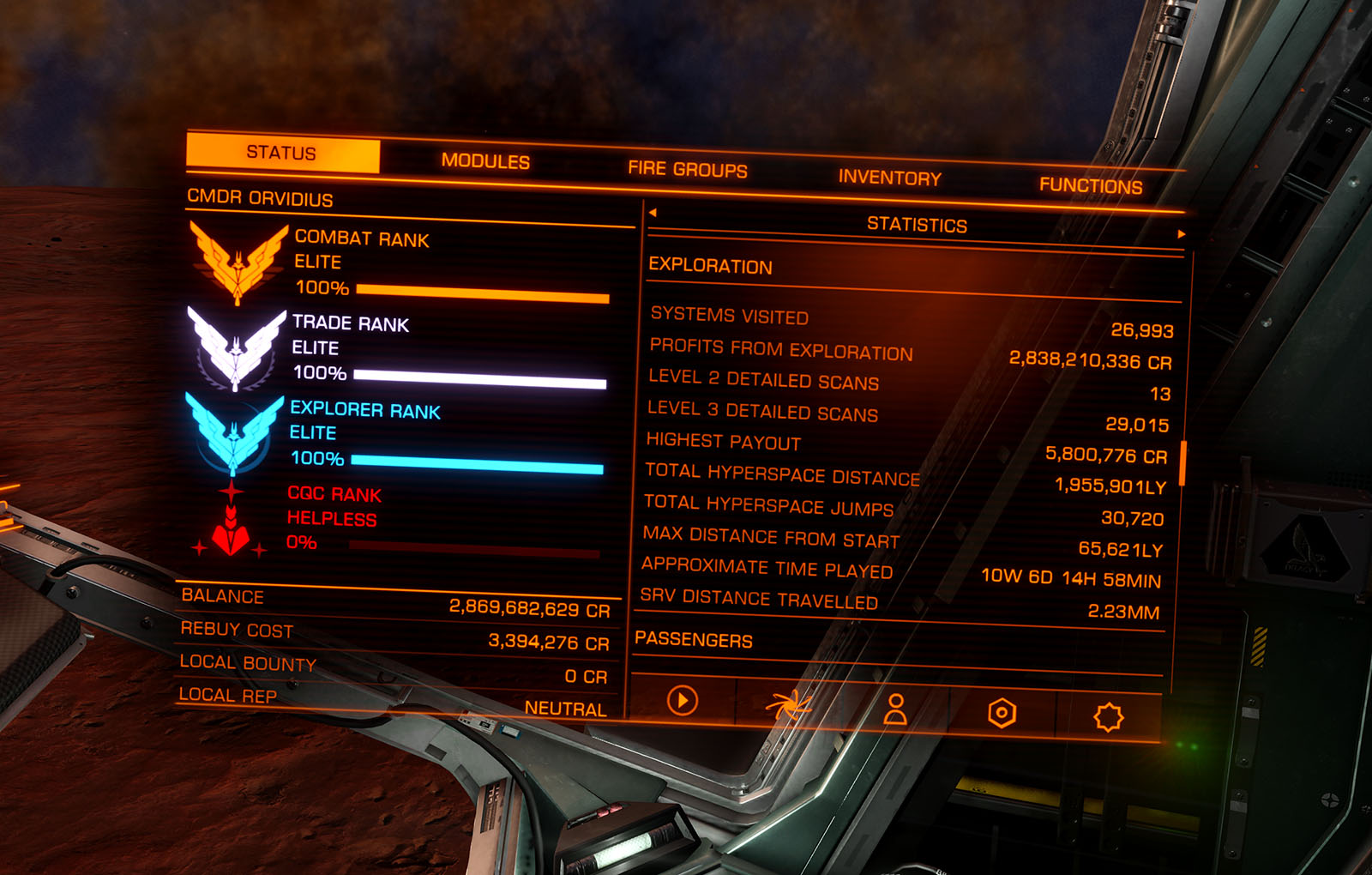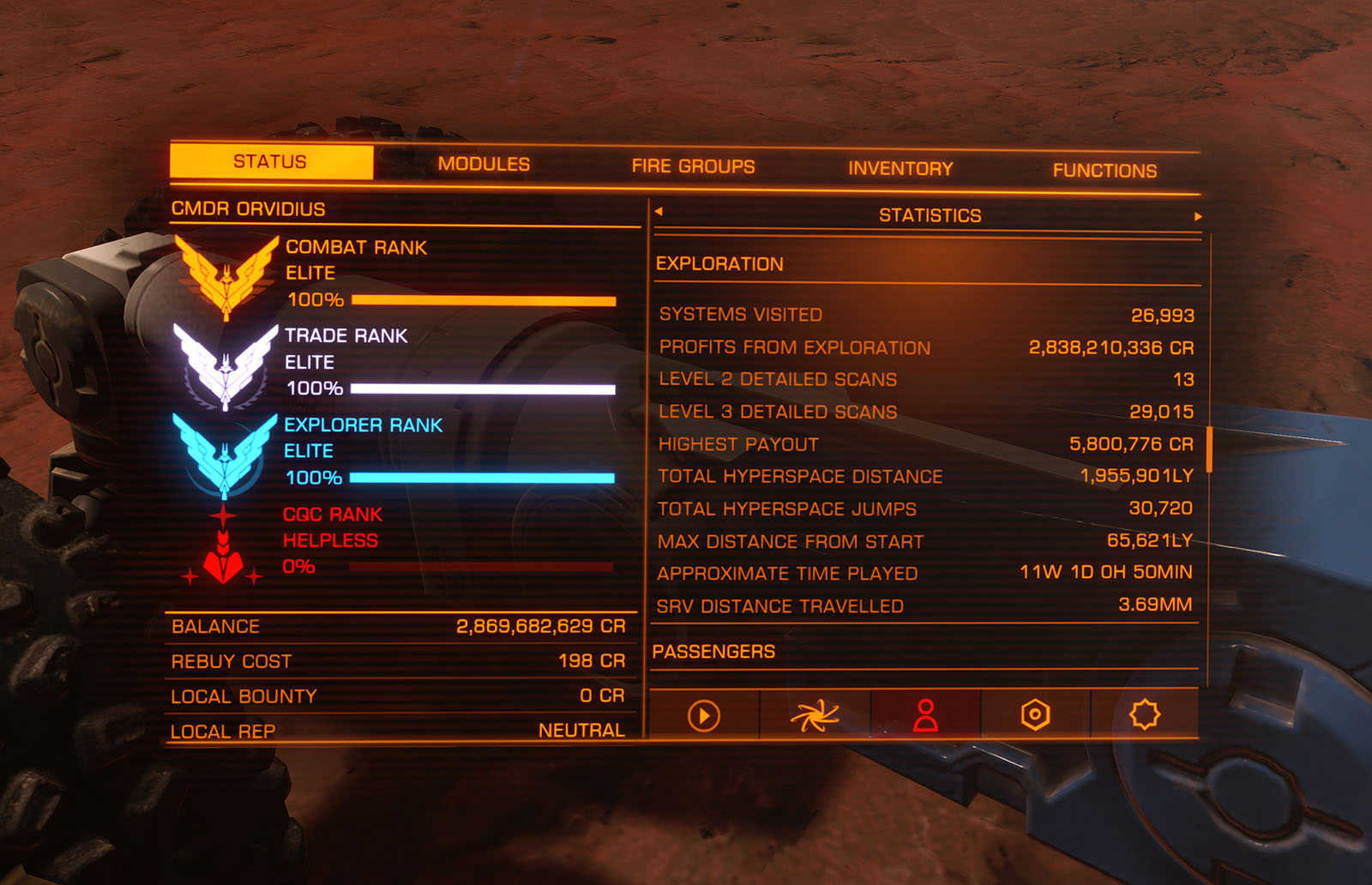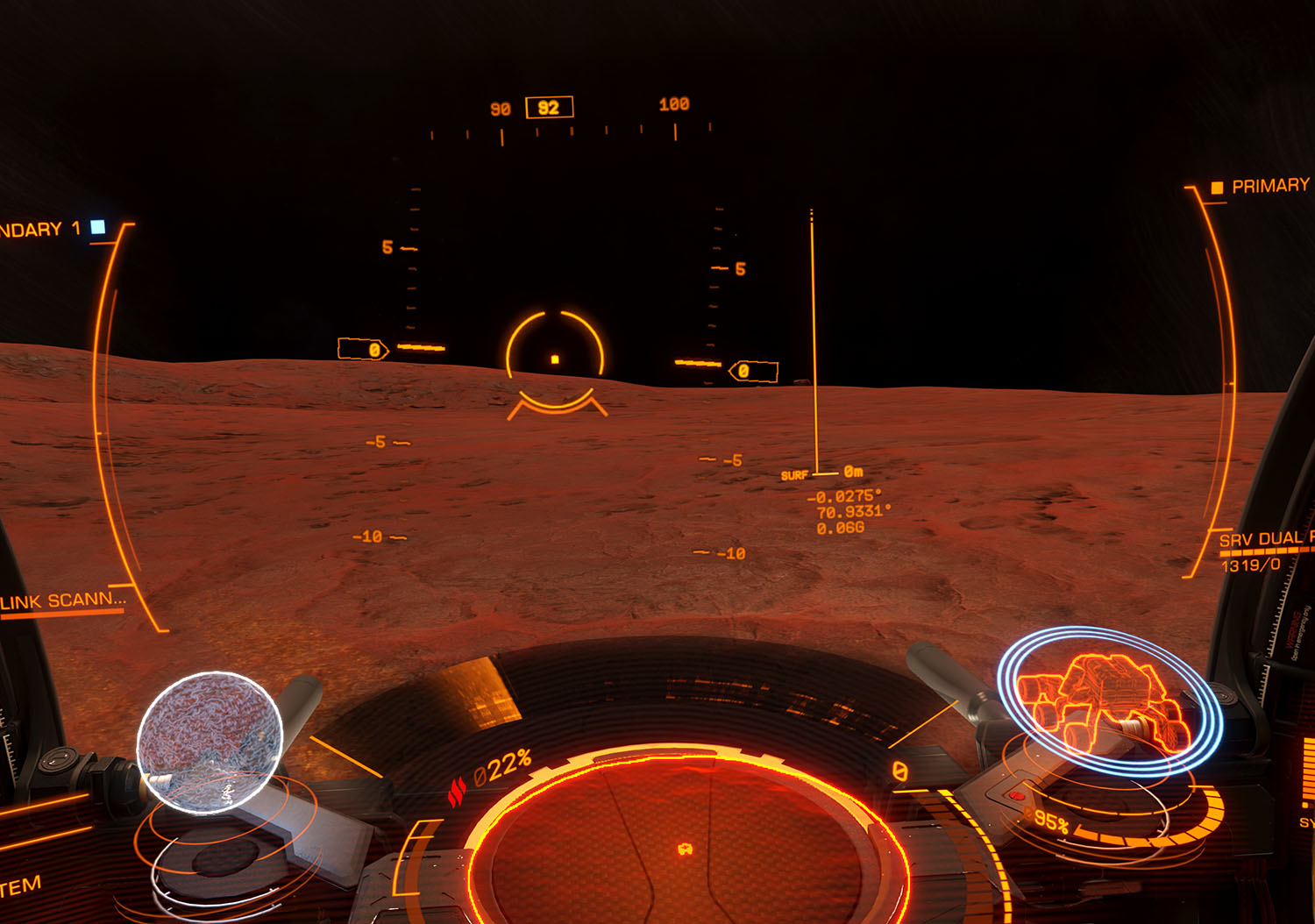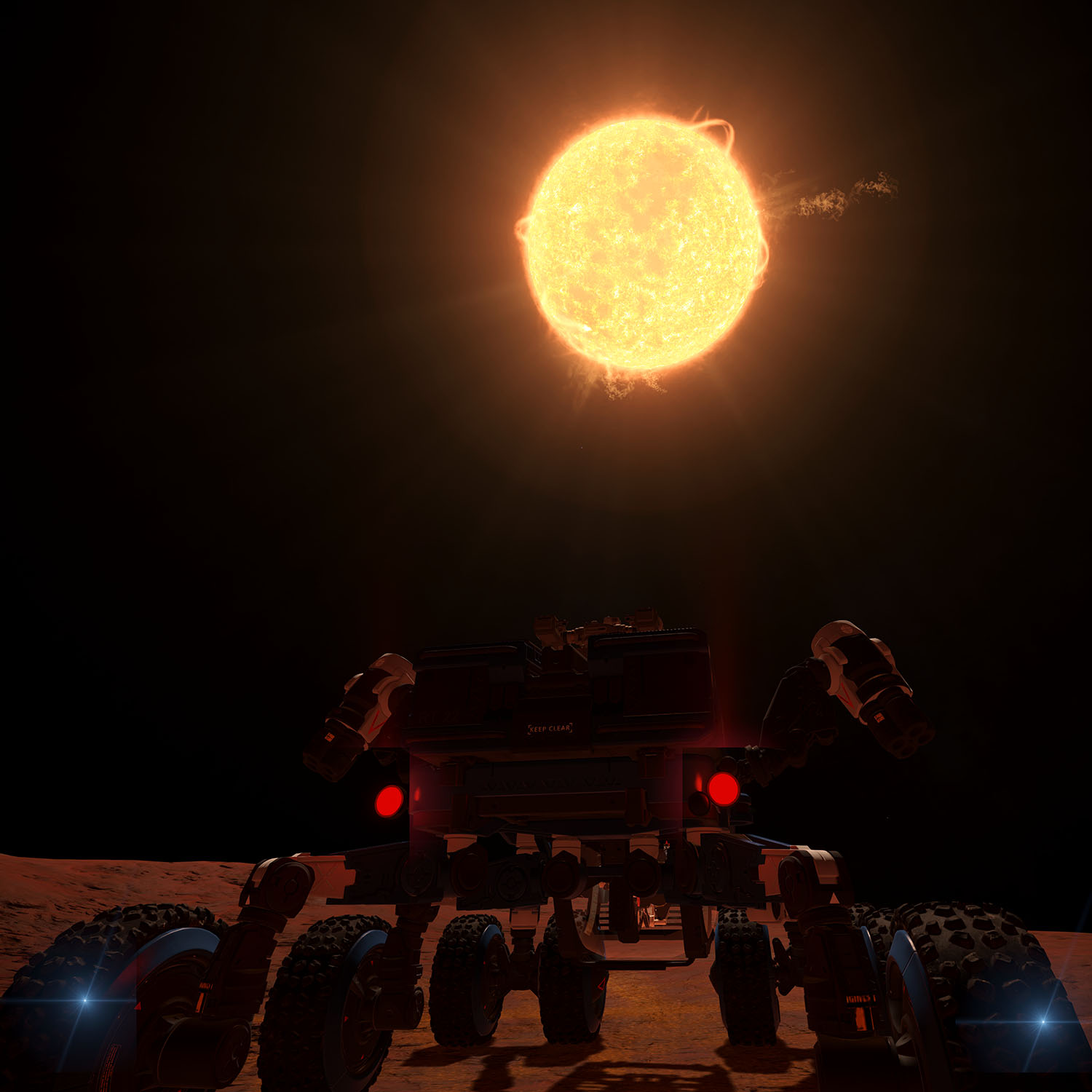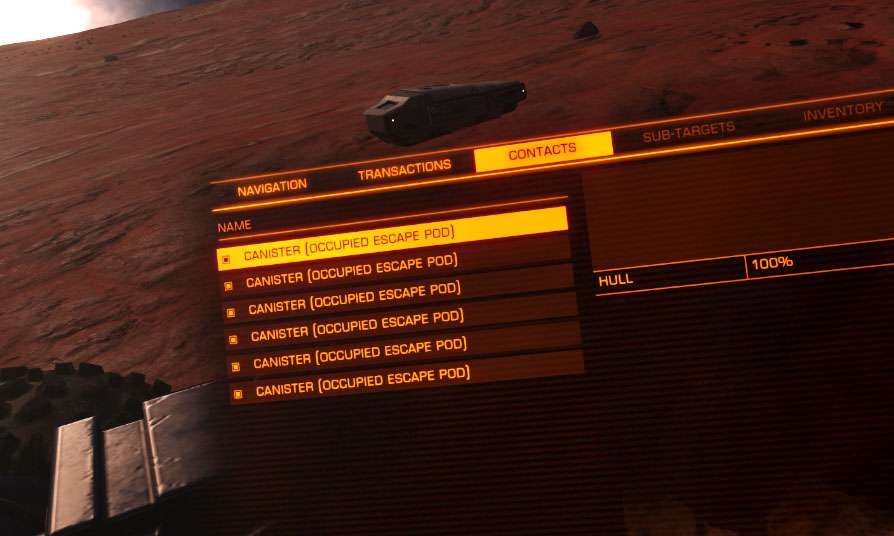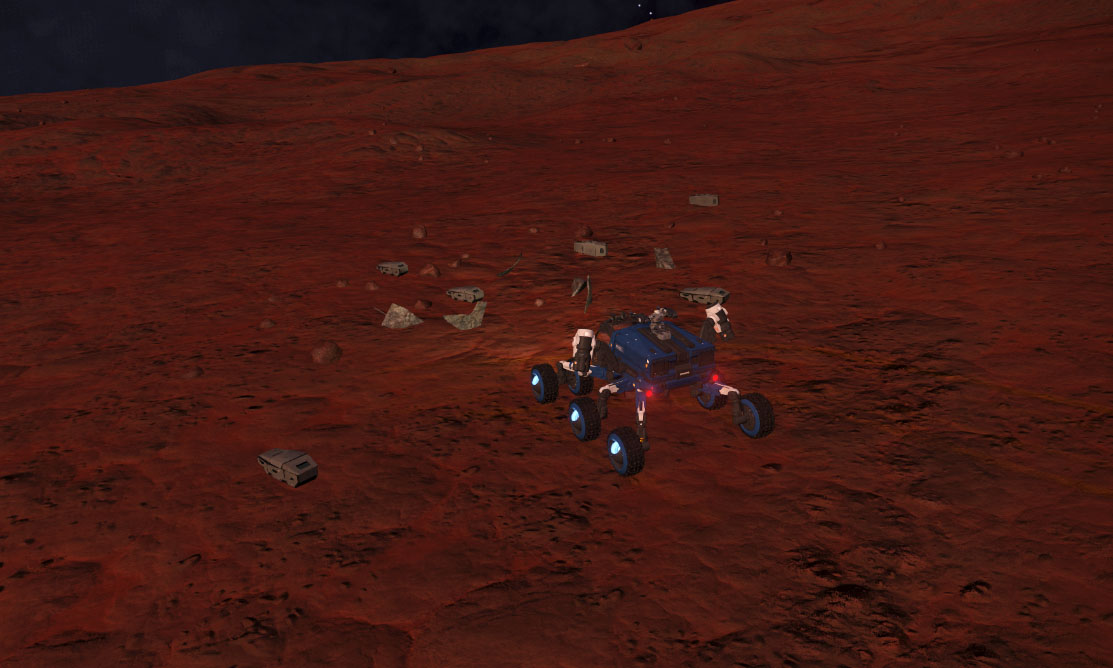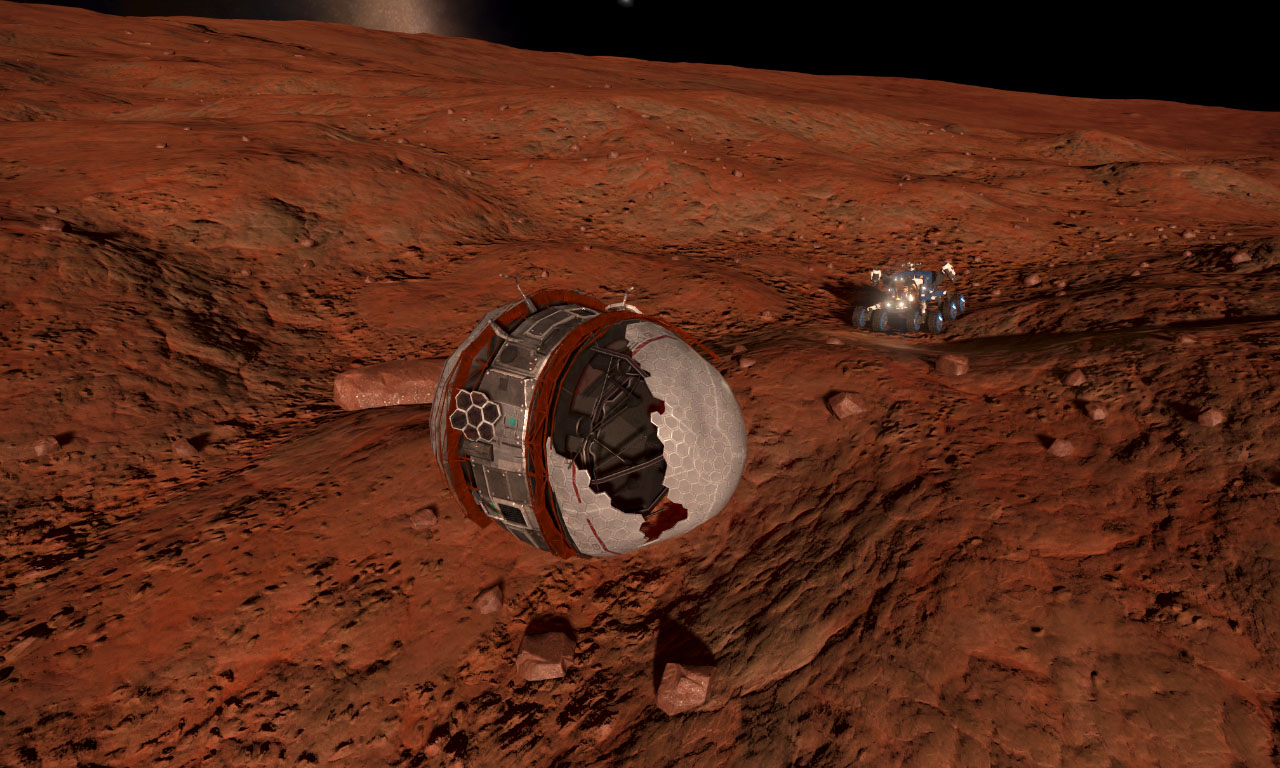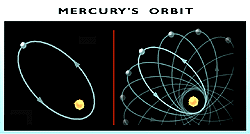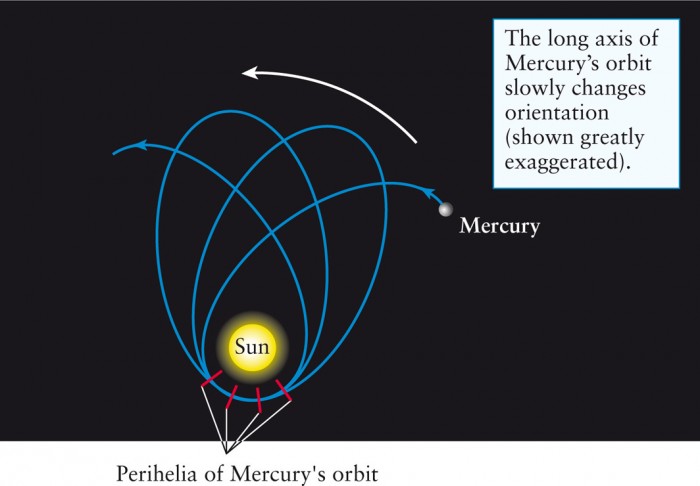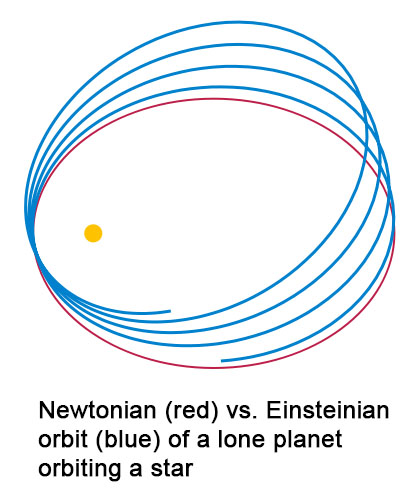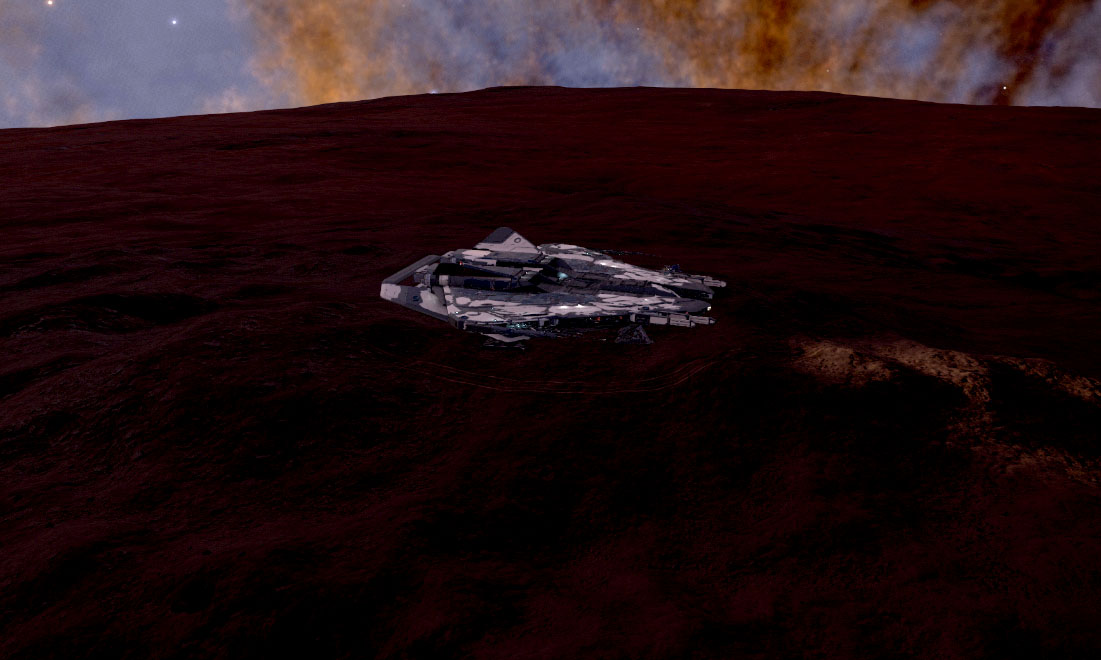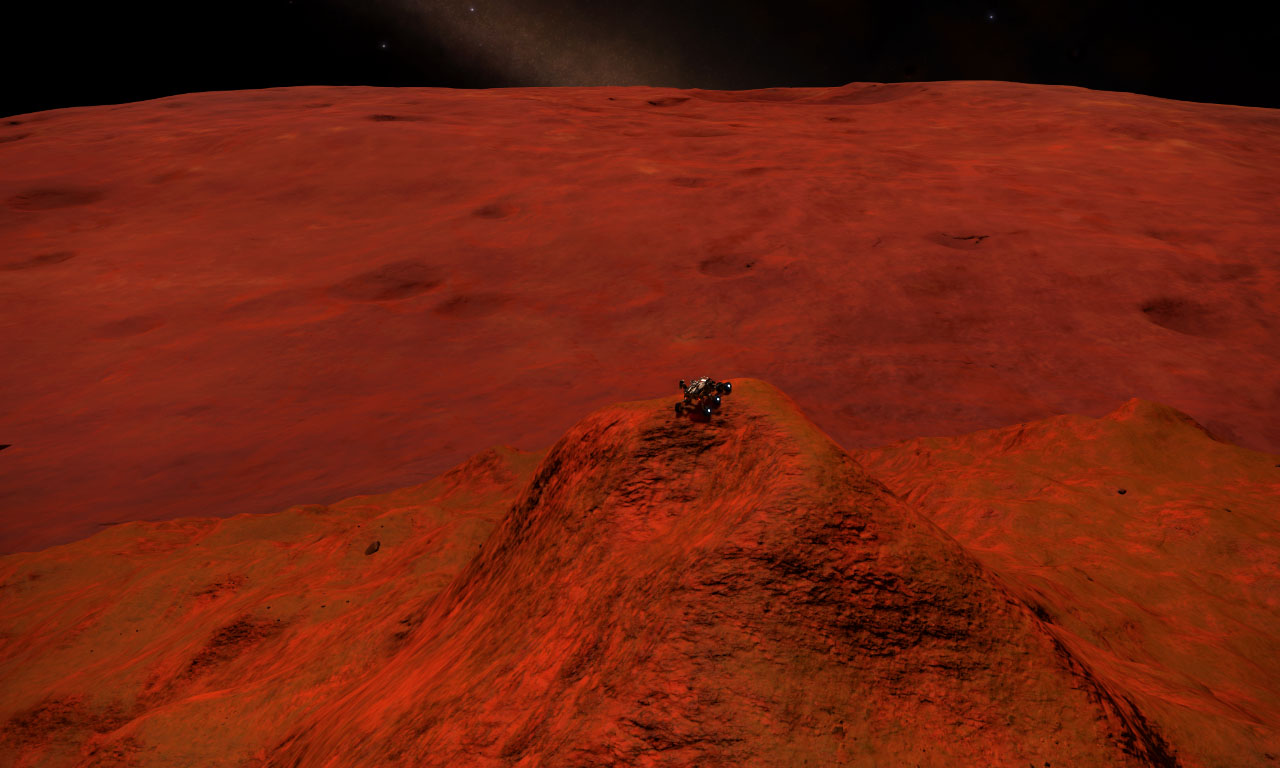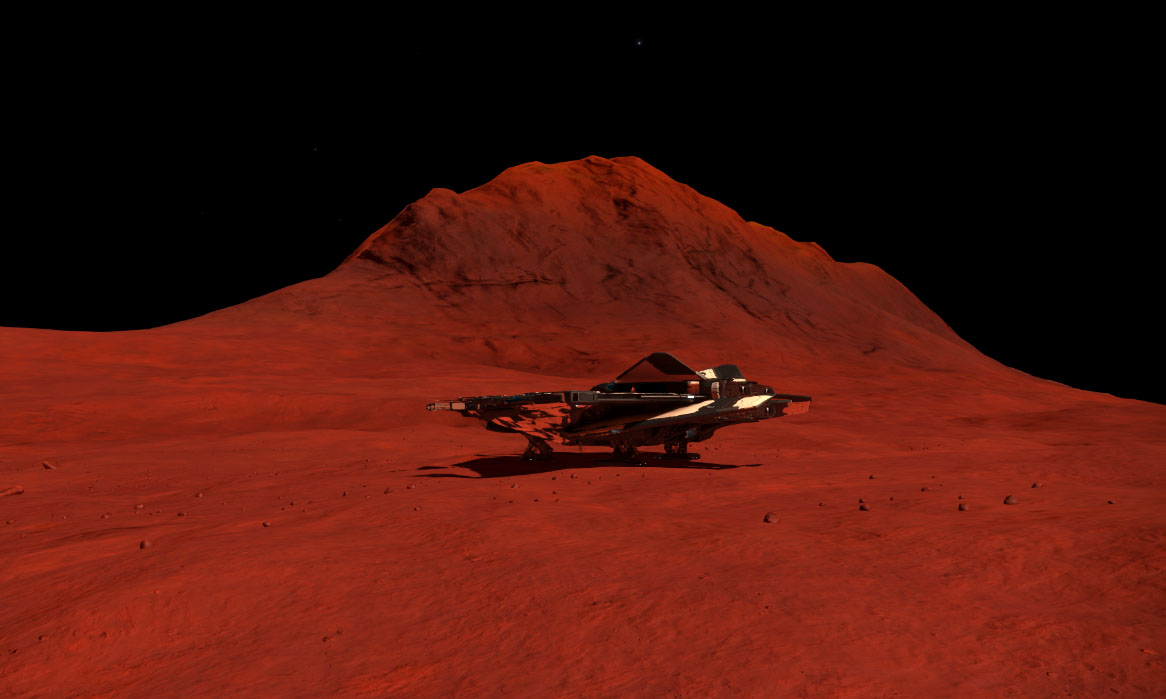I got a little time to play this morning. Still not done, but moving along.
I came to a stunning, sudden realization that FDev has mildly interfered with my plans! That is, "tidally locked" doesn't necessarily mean tidally locked. I'm shocked and appalled. Shocked I say!

It appears that the planet does still slightly rotate its orientation to the sun. This explains a lot, since I always seemed to hit various solar milestones sooner than expected. It became a lot more obvious as I was reaching the point that the sun was appearing behind the horizon. The planet's orbit has effectively zero eccentricity, so whatever visible libration there is should come entirely from the axial tilt, which is less than 8 degrees.
When I logged out, the sun was still below the horizon, but after about 10 hours it was poking above:
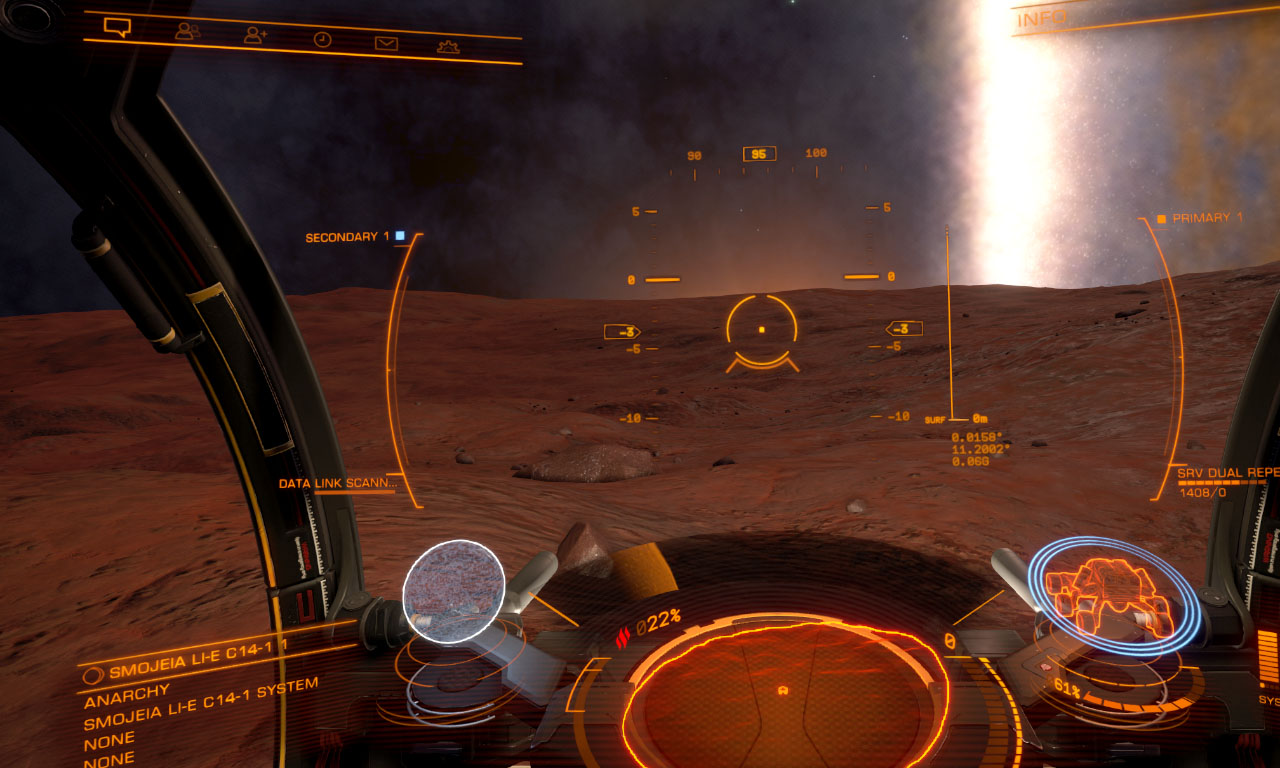
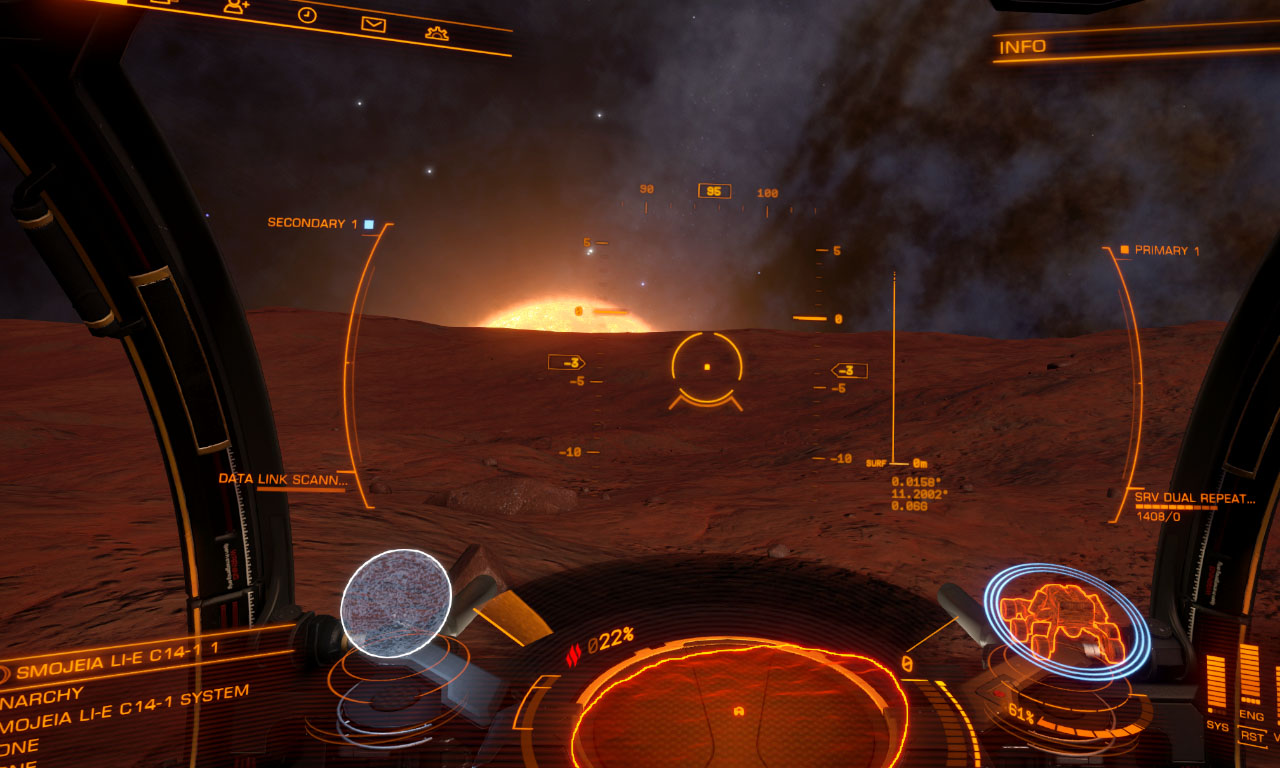
When I first landed a week ago, the star was pretty well centered on the zero elevation, as per this screenshot:
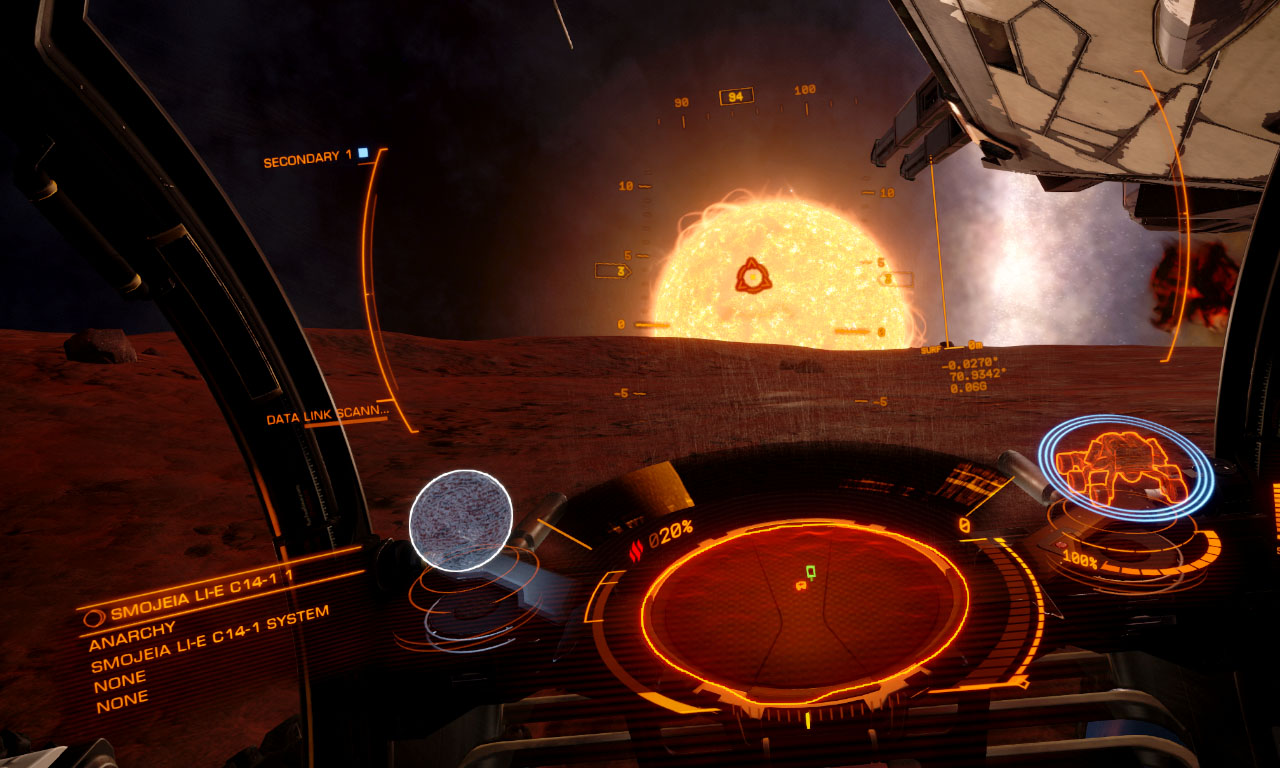
However now I've reached that point with 50 degrees to go, so it looks like the planet rotated an extra 50 degrees over the course of a week:
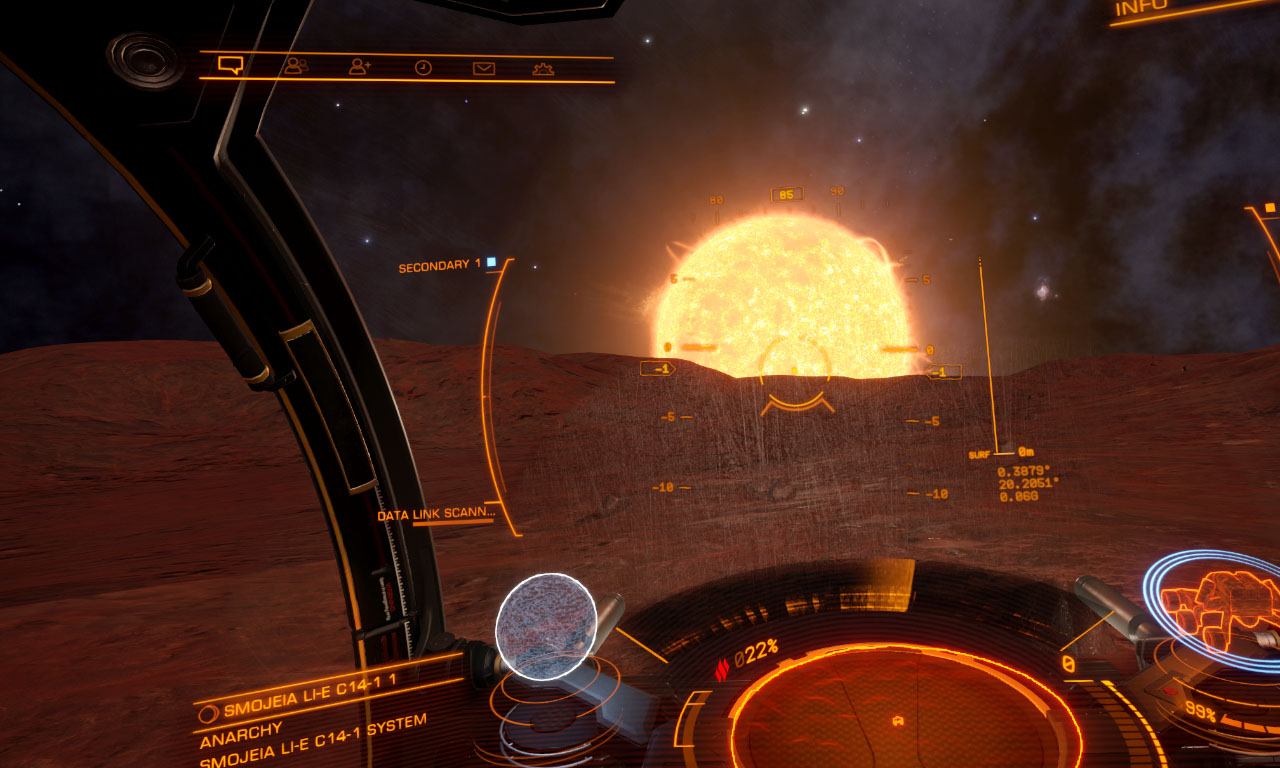
I came to a stunning, sudden realization that FDev has mildly interfered with my plans! That is, "tidally locked" doesn't necessarily mean tidally locked. I'm shocked and appalled. Shocked I say!
It appears that the planet does still slightly rotate its orientation to the sun. This explains a lot, since I always seemed to hit various solar milestones sooner than expected. It became a lot more obvious as I was reaching the point that the sun was appearing behind the horizon. The planet's orbit has effectively zero eccentricity, so whatever visible libration there is should come entirely from the axial tilt, which is less than 8 degrees.
When I logged out, the sun was still below the horizon, but after about 10 hours it was poking above:


When I first landed a week ago, the star was pretty well centered on the zero elevation, as per this screenshot:

However now I've reached that point with 50 degrees to go, so it looks like the planet rotated an extra 50 degrees over the course of a week:


